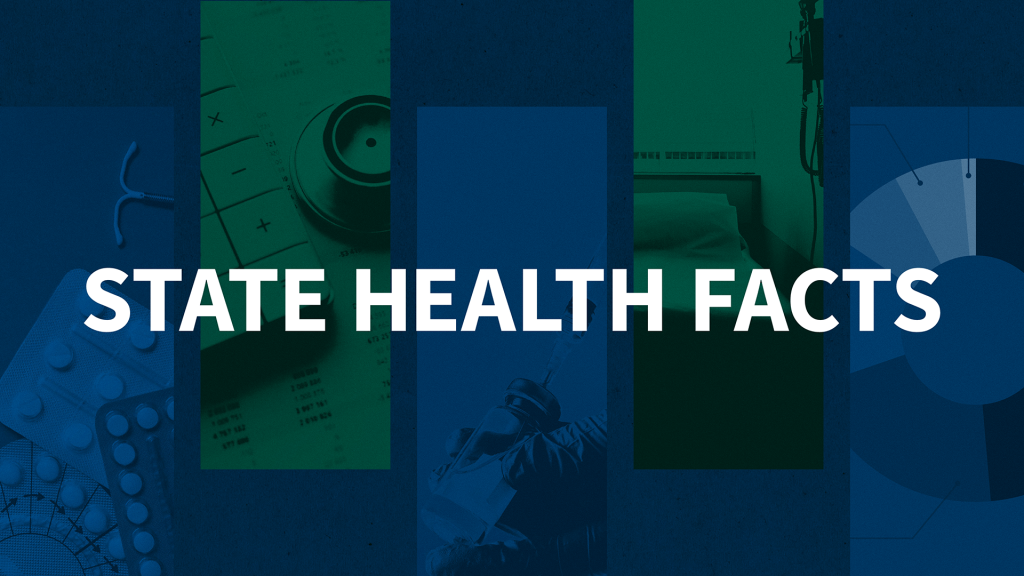Chartpack: Kaiser Health Tracking Poll — November 2009
This document contains the chartpack from the November Health Tracking Poll. The survey was designed and analyzed by public opinion researchers at the Kaiser Family Foundation and was conducted November 5 through November 12, 2009, among a nationally representative random sample of 1,203 adults ages 18 and older.
